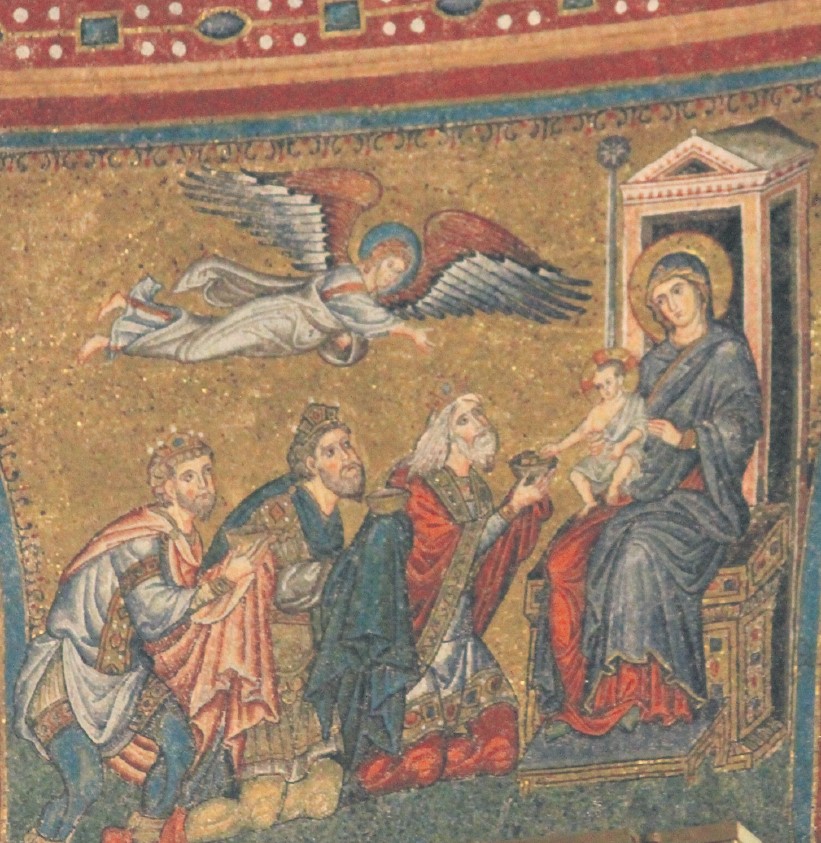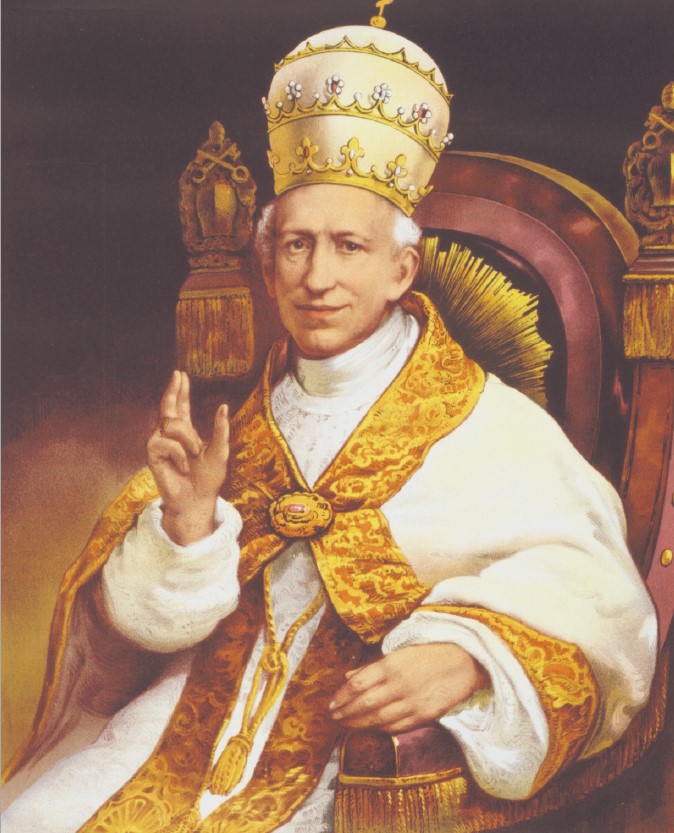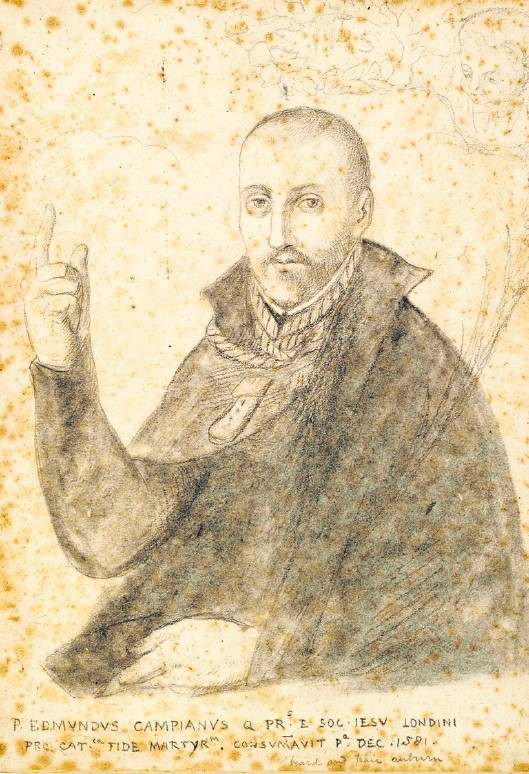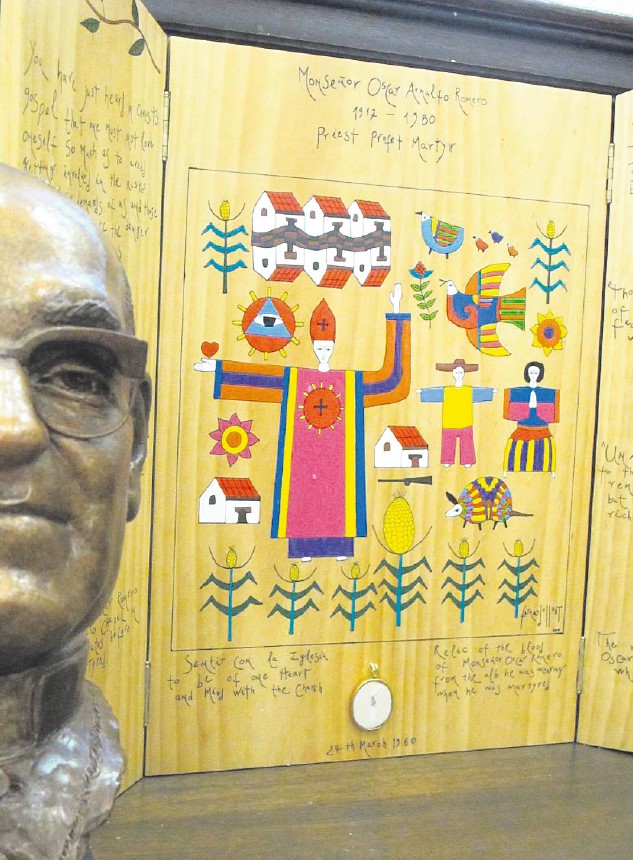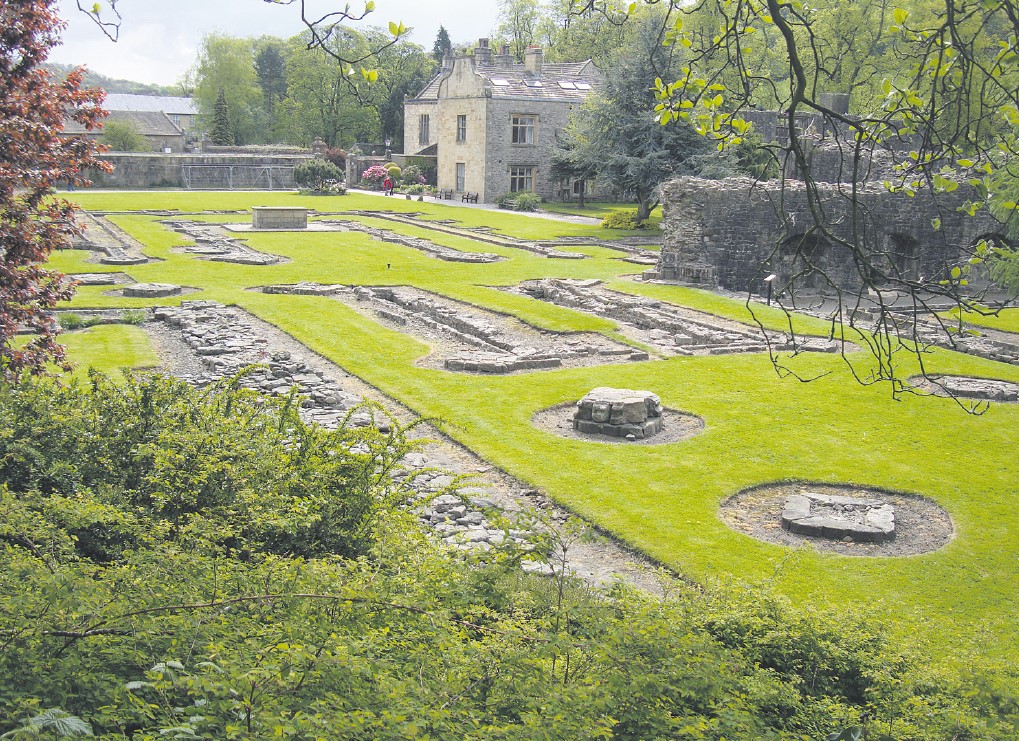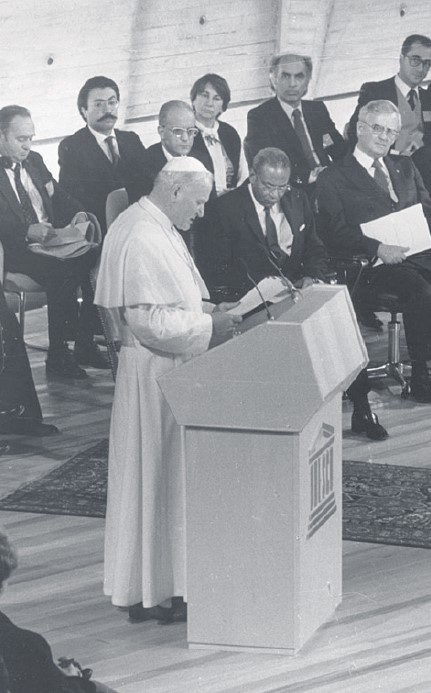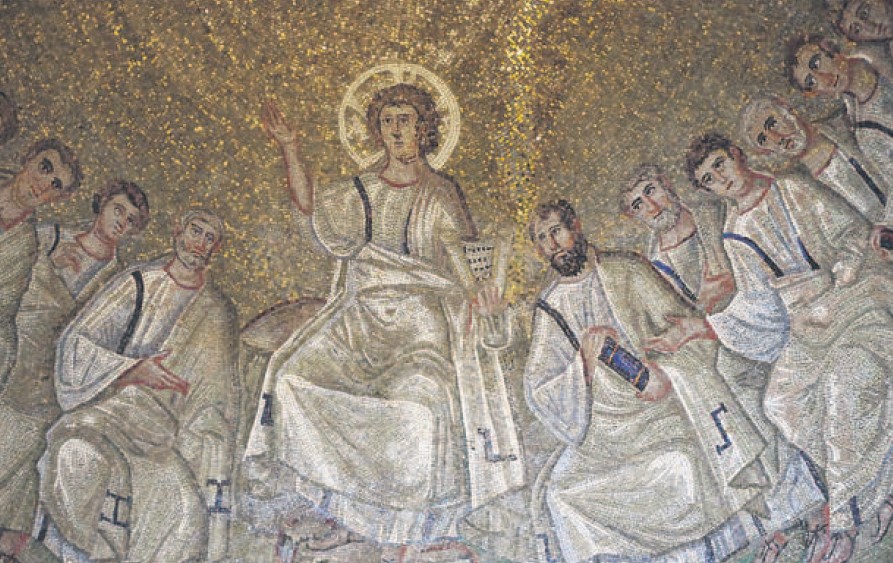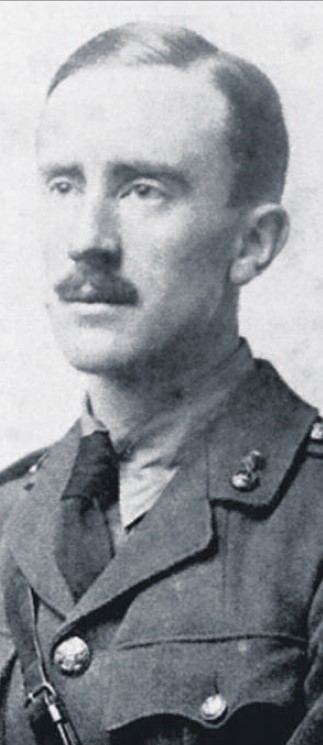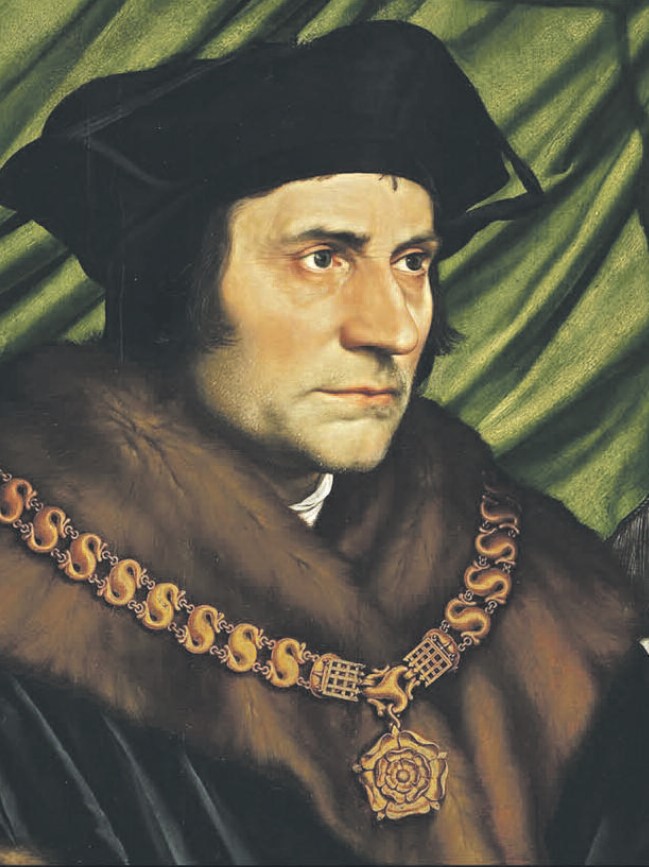Friday 10th January 2020
The CHC @ The Catholic Universe
A light shines forth from the Ribble Valley
Sr Emanuela Edwards
High in the apse of St Mary Majors Basilica in Rome is an ancient mosaic from the 12th Century by the Franciscan artist Jacopo Torriti, which represents the story of the three kings or the Epiphany of the Lord.
The three kings, in order of age, bear their gifts to the Christ child, who wears the robes of a victorious king. Above Christ’s head shines the star of David, which denotes his identity and has guided the king’s path to him.
The Epiphany is a cause for great joy because it signifies when Christ was manifested to the Gentiles as God. The three kings, led by the star, have made the long journey from the East and now kneel in adoration as they recognise the fact that God has become Man in this Child.
The story of the three kings has much to say to us about the importance of Christian witness in the world in which we live. St Pope Paul VI spoke of a, “rupture between the Gospel and culture as the drama of our time.” Therefore, it is important to learn how to make the Christian faith more apparent in modern culture, such that it becomes a ‘star’ that guides people towards God.
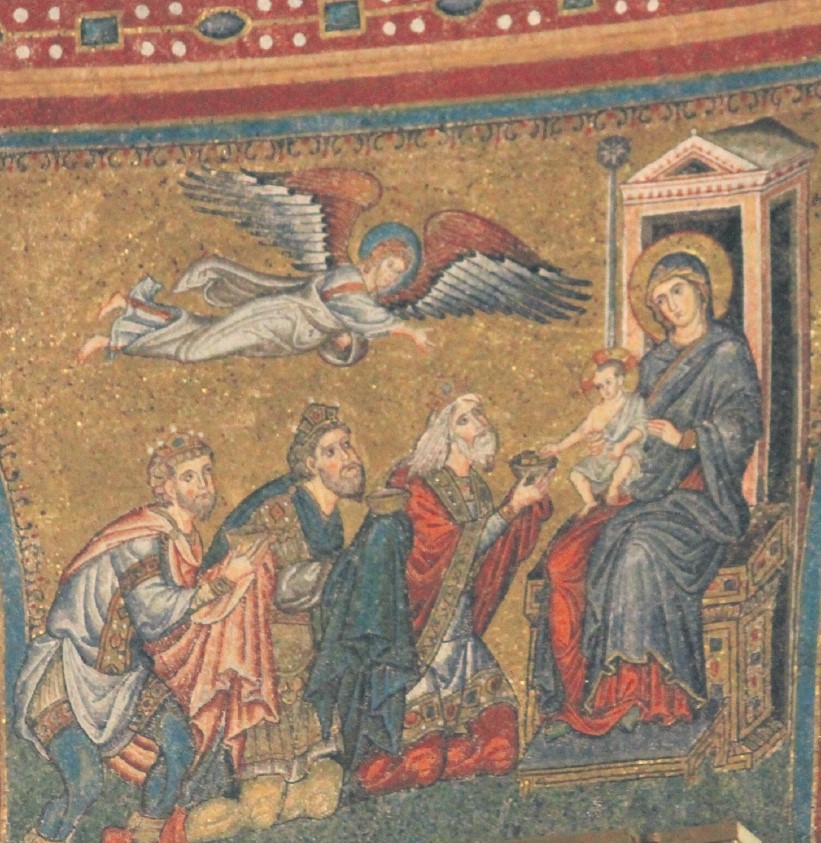
At the time of Our Lord, many, like the astrologers and wise men, looked to the stars for signs. Almost everyone, Jews and Gentiles alike, was seeking ‘the One who would come’. It is interesting to ponder how many wise men saw that ‘special star’ but lacked the wisdom or courage to follow it. From the scriptures we know only of the wise men from the East, three by tradition. Their interest in that star was inspired by the fact that it indicated the birth of a king and this set them on a journey. These three wise men were able to ‘read the stars’ and were brave enough to go in search of God. In the end, their search was rewarded with a meeting with God that changed the whole direction of their lives. With their lives totally changed by the experience and the gift of faith they received, the kings returned home via a ‘different way’.
Our Christian traditions, history and religious celebrations act as bright stars in a darkening world to remind everyone that God exists and is present. The stars in the night sky have special properties as they cannot be blocked out. They remain there however dark it gets, to light the way or to guide all those who choose to follow them. As we see a crucifix in a school or a Church building, the statues or works of religious art, they all somehow speak silently of the existence of God who came to earth. To those without faith, they act as a way of indicating the fact that God exists and encourages them, like the kings, to ask the great question of life.
To those with the faith, they draw our minds to God encouraging us to engage in a loving dialogue with Him.
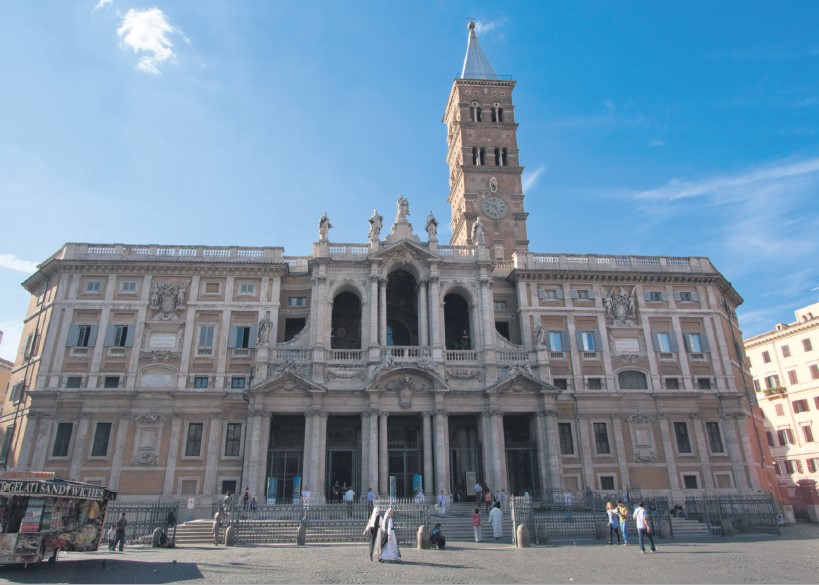
Just as the wise men were attracted by the new star, it is important for Christians to interact with all that is new in society so that it can be transformed to testify to Christ. The internet, mobile phones and social media must be filled with the Gospel message to speak of God from within our modern culture.
As people look down into the stupefying maze of content on their phones, they should find something of God that encourages them perhaps to look up. Only then can we see the light that comes from faith which can lead us, just like the kings, to find God.
St Pope John Paul II said that, “Christianity is a creator of culture in its very foundation” and so faith must lead to visible signs and tangible actions in the world in which we live to change it for the better. The Christian Heritage Centre at Stonyhurst exists to be like a star to attract those who, like the kings, search for God. It seeks to be a light that shines forth from the Ribble Valley to speak in new and exciting ways of the wonderful Christian story and to help make new roots in today’s modern culture.
God Bless Us
And the Virgin Protect Us
Sr Emanuela Edwards MDR is a member of the Missionaries of Divine Revelation. The Missionaries of Divine Revelation are the official guides for the Vatican Museums delivering the tours of ‘Art and Faith’ that can be booked online at the Museum’s website.
She can be contacted via: [email protected], with more information via www.mdrevelation.org

